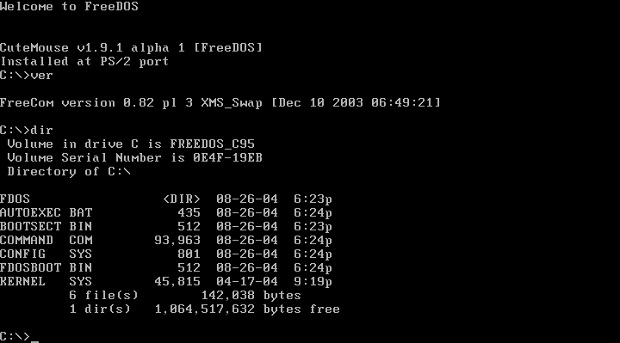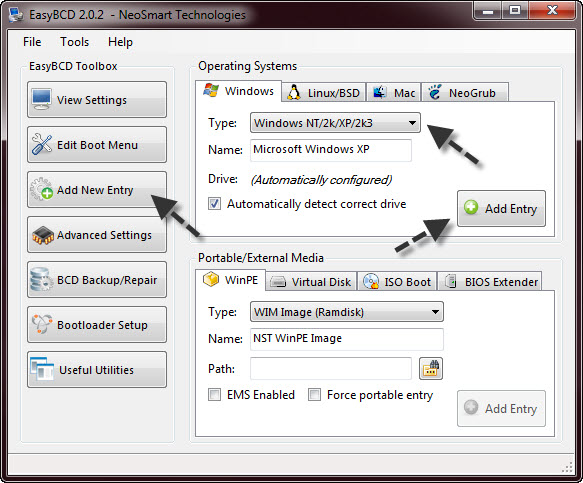


When you do, you’ll see the Format 3-1/2 Floppy (A:) dialog box, as shown in Figure A. Then, launch My Computer from the Start menu, right-click the floppy drive (Drive A) icon, and select the Format command. To begin, insert the floppy disk into the drive. Of course, before you can begin, you need a blank 1.44-MB high-density floppy disk. Missing or damaged Ntldr or files.įormatting a Windows XP Startup Disk is a straightforward procedure.The types of boot problems that you can use Windows XP Startup Disk to work around include: Once you do, you can back up important data and then use other tools, either those built in to the operating system or available from a third party, to fix the problem. The goal of the Windows XP Startup Disk is simply to allow you to boot the computer and gain access to the operating system. For all major types of boot problems, you’ll need to use one or more of the Windows XP tools I mentioned in the introduction. Keep in mind that you can use the Windows XP Startup Disk to start a system that is encountering only minor problems that prevent a normal boot sequence.
#MAKE A WINDOWS XP BOOT DISK HOW TO#
I’ll show you how to create a Windows XP Startup Disk and explain each step in detail. But in many troubleshooting situations, what you really need is a simple startup disk that you can use to boot a Windows XP system.įortunately, I’ve discovered how to manually create a Windows XP startup disk that will allow you to boot a troubled Windows XP system running either the NTFS or FAT file system. Windows XP has a slew of tools, such as Last Known Good, System Restore, Recovery Console, and Automated System Recovery, which you can use to boot and fix the operating system. Unfortunately, Microsoft didn’t include the Startup Disk feature in Windows XP. Clicking this button allowed you to create a bootable Startup Disk that you could use to start a Windows 98 system in the event of a problem that prevented a normal boot sequence. The Startup Disk tab on Windows 98’s Add/Remove Programs Properties dialog box featured a button labeled Create Disk. Get IT Done: Create a Windows XP Startup Disk to access TFS or FAT partitions


 0 kommentar(er)
0 kommentar(er)
